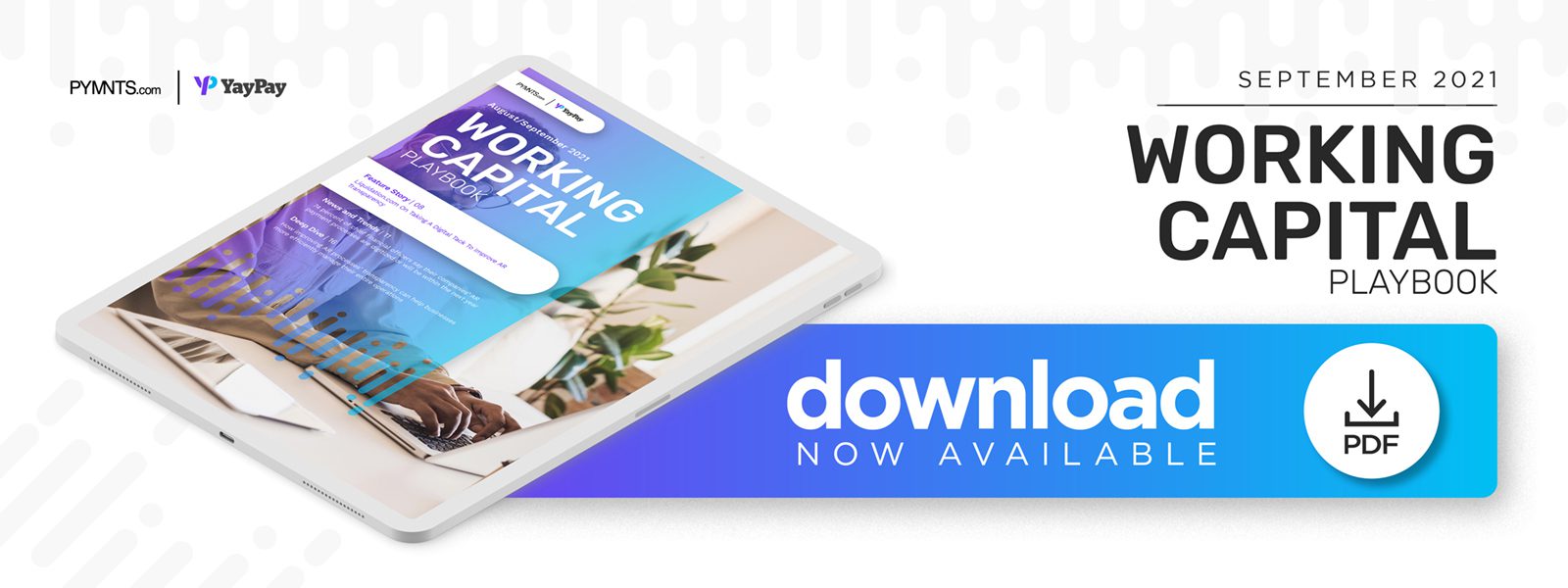Deep Dive: How Organizations Can Improve AR Processes’ Transparency

Accounts receivable (AR) departments have been trending toward digitization for several years, with a 2019 study finding that only 42% of organizations were leveraging paper checks for B2B payments then, nearly half the 81% that used them in 2004. The events of the past 18 months have prompted more accounting teams to work from home amid social distancing recommendations, driving digitization further as employees work with limited access to their offices and paper-based payment methods.
AR digitization’s growth belies the myriad difficulties that accounting teams face when implementing ERP systems, however. A recent study found that 21% of ERP implementation projects failed to meet companies’ expectations, for example. Seventy-four percent of ERP initiatives exceed their budgets, and 61% take longer than expected. Research has established that three-quarters of ERP solutions fail entirely — a discouraging figure that could dissuade many organizations from embarking on digital AR initiatives.
Improving the transparency of these AR projects not only makes them easier to implement, but also allows AR teams to diagnose problems and provide superior experiences to their customers. The following Deep Dive explores the various difficulties inherent in opaque AR systems and details how companies can work to make them more transparent.
Challenges With Opaque AR Systems
Opaque processes and systems challenge all aspects of modern business, but they can be particularly detrimental to vital, metrics-driven departments such as AR. Any delayed payments or errors could devastate the rest of the organization by causing delayed vendor payments, payroll errors and any number of downstream issues. AR teams with opaque systems might not even know where such delays and errors originate, which can lead them to notice problem areas only after issues occur. A transparent system, meanwhile, can offer teams a holistic view of employees’ performances and errors, allowing managers to correct mistakes before they cause damage and track which employees need improvement.
Without a clear understanding of AR processes’ current inefficiencies, companies’ attempts to upgrade their systems are more likely to fail, as organizations may not comprehend the causes of these failures in the first place. A recent study found that 62% of ERP improvement project failures resulted from a lack of understanding regarding the total cost of ownership, for example. Some businesses may wish to avoid the hassle and expense of ERP system upgrades if they are likely to fail, but this reticence can also create problems if a lack of transparency is causing AR issues.
Most companies will eventually be forced to digitize their AR departments, and transparency upgrades tend to headline these upgrades. ERP system revamps require numerous functionalities to offer transparency.
Clear Processes, Full Accounting Departments
Chief financial officers have numerous reasons to upgrade their AR systems, as PYMNTS’ research found that more than half cited more transparent processes as a primary motivation. Seventy percent said that making AR processes more transparent would boost their customers’ lifetime value, for example, and 47% said that making AR processes more understandable would do the same. Customers also agree with these assessments, with 72% reporting that they would abandon a brand after just one negative experience, such as a payments complication resulting from an unclear AR process.
Implementing these transparency initiatives is much easier said than done, but organizations are taking steps to do so. The first step is establishing clear metrics to determine the success rates for AR departments and the business as a whole, and displaying these metrics via dashboards, reports and other data displays. These measures allow AR teams to easily identify the strengths and weaknesses in their software and human efforts, enabling them to pinpoint and address processes that go wrong and leverage the lessons learned from positive developments.
The other major step in improving AR transparency is allowing customers to access their accounts via online portals. This enables them to view invoices anytime, flag potential payment issues and pay using electronic channels. These portals can help companies defuse customer issues before they damage relationships and encourage positive dialogue between firms and their customers.
Creating smooth AR processes is often difficult, and companies need not make their work even more challenging by sticking with opaque AR processes. Improving transparency can lift not only companies’ accounting departments, but their organizations as a whole.

